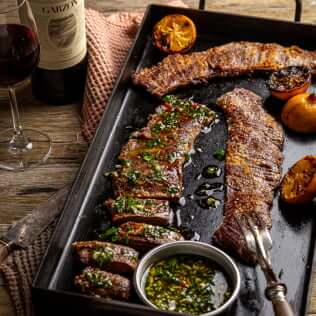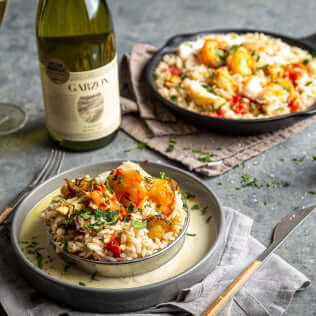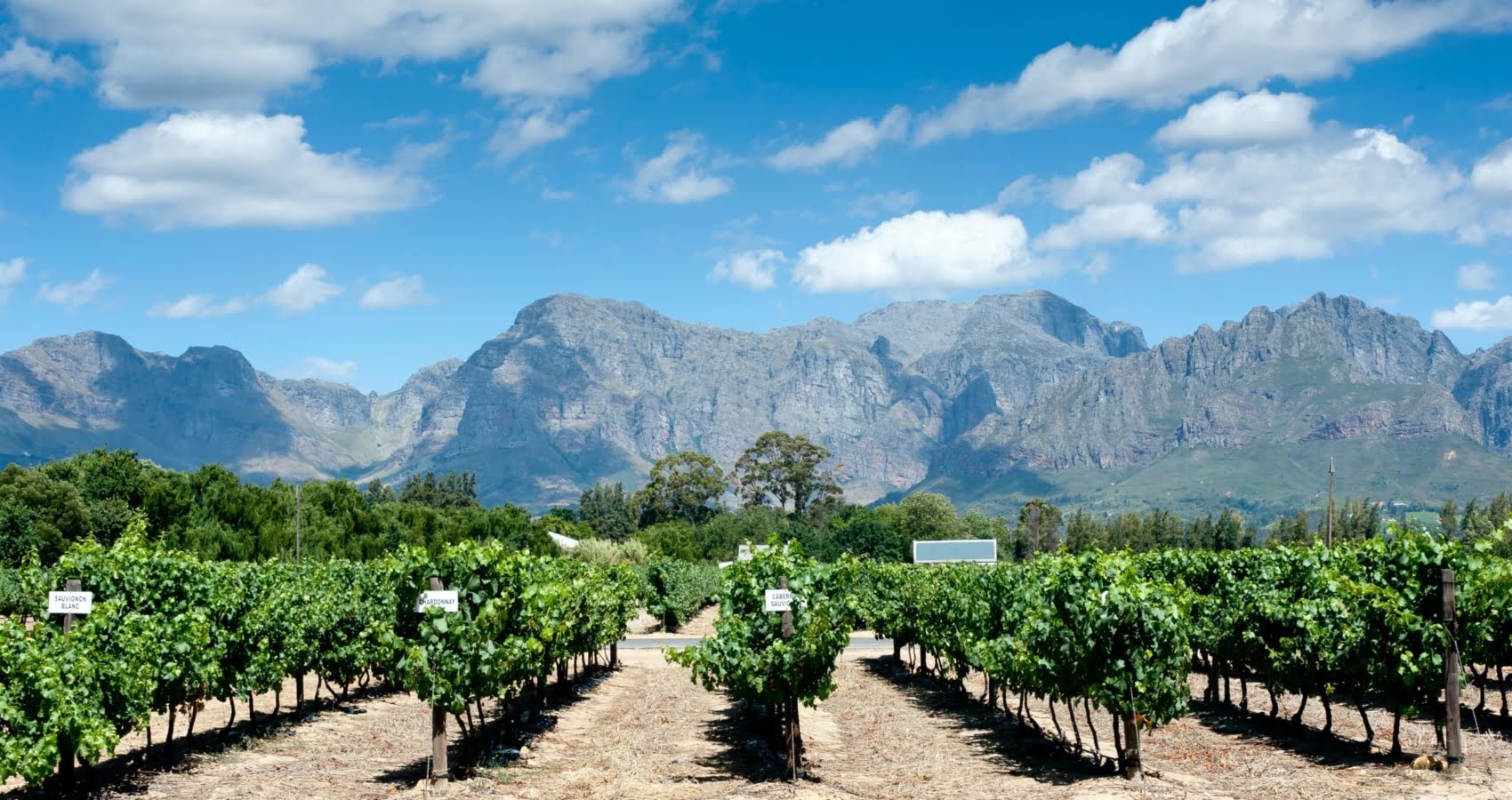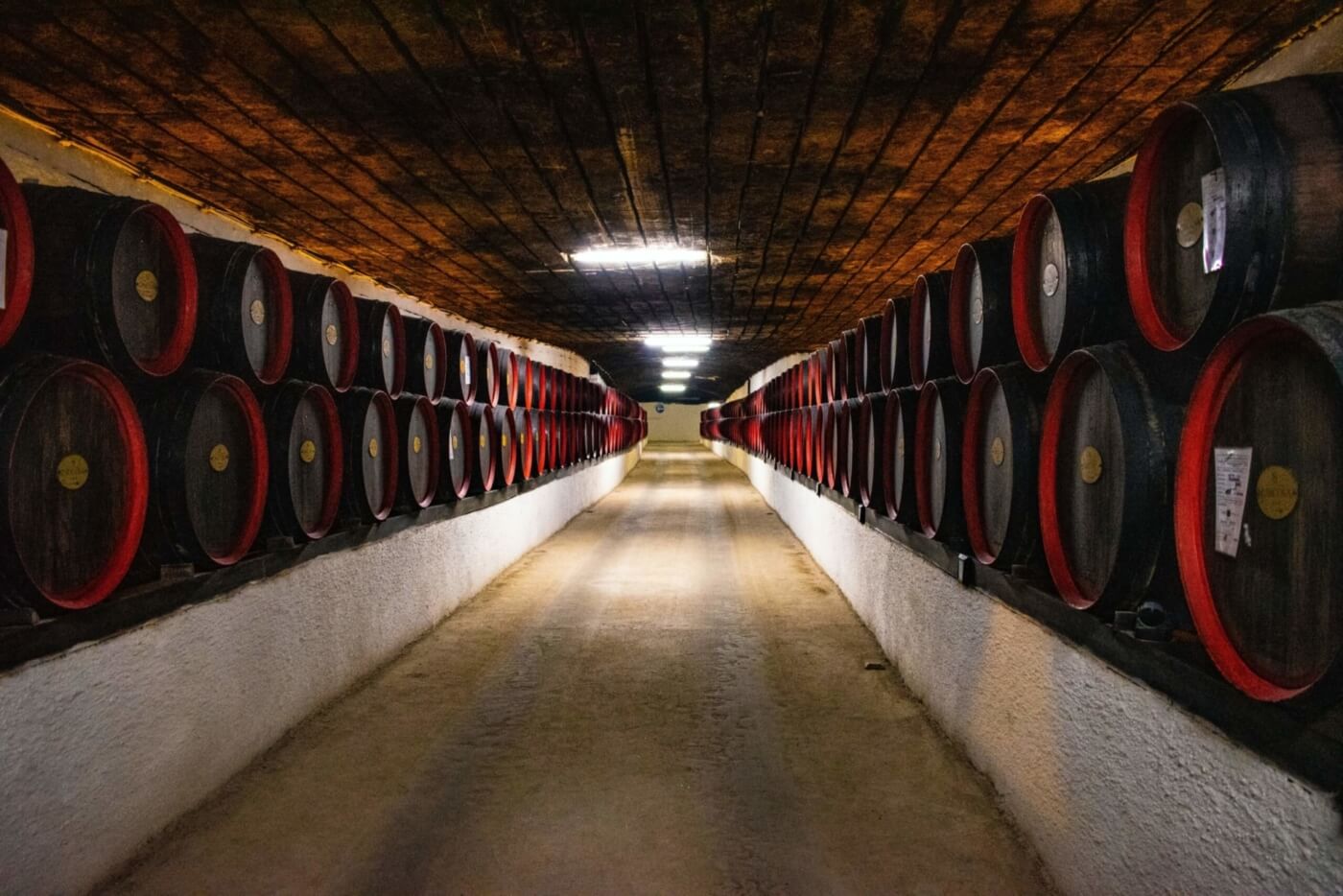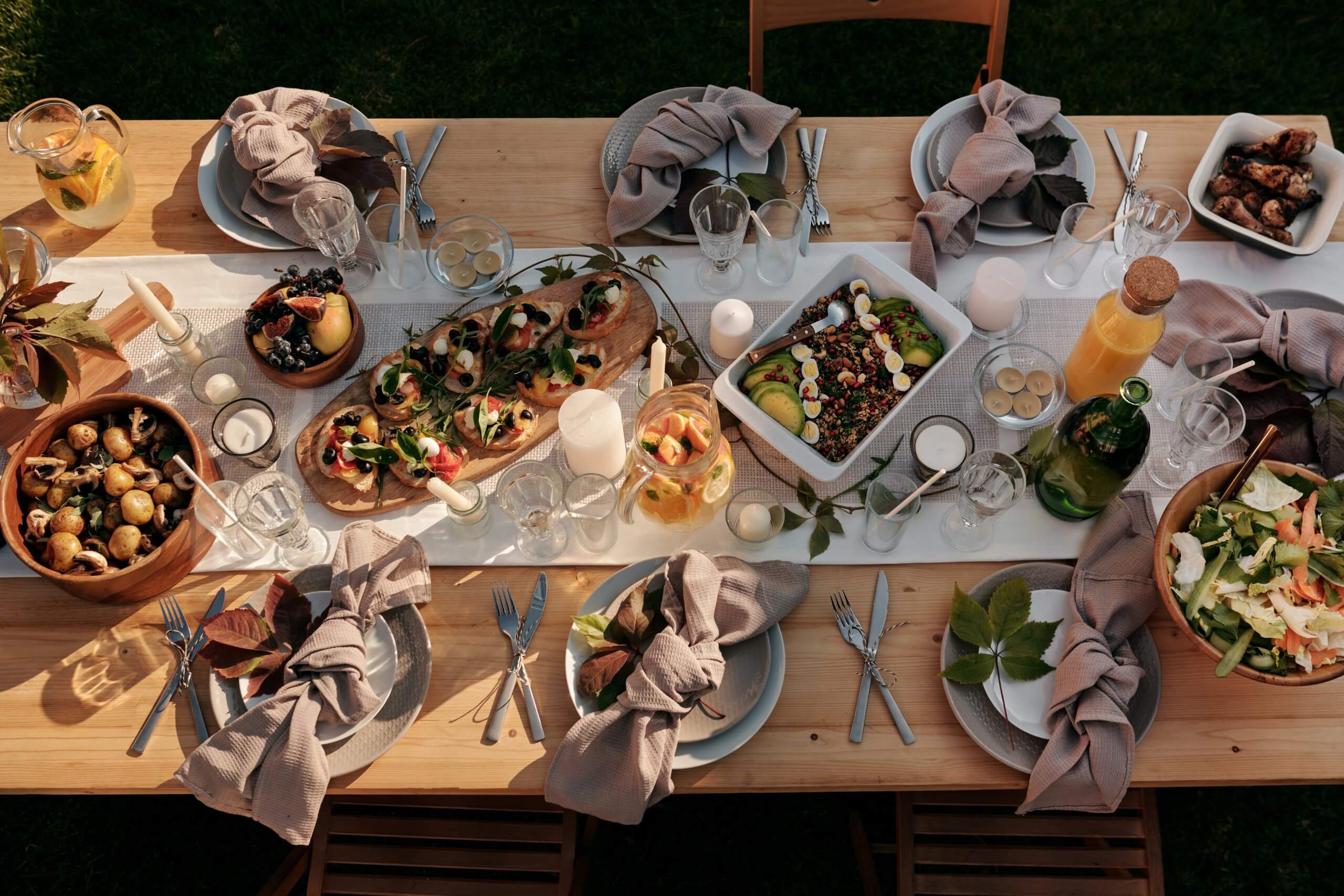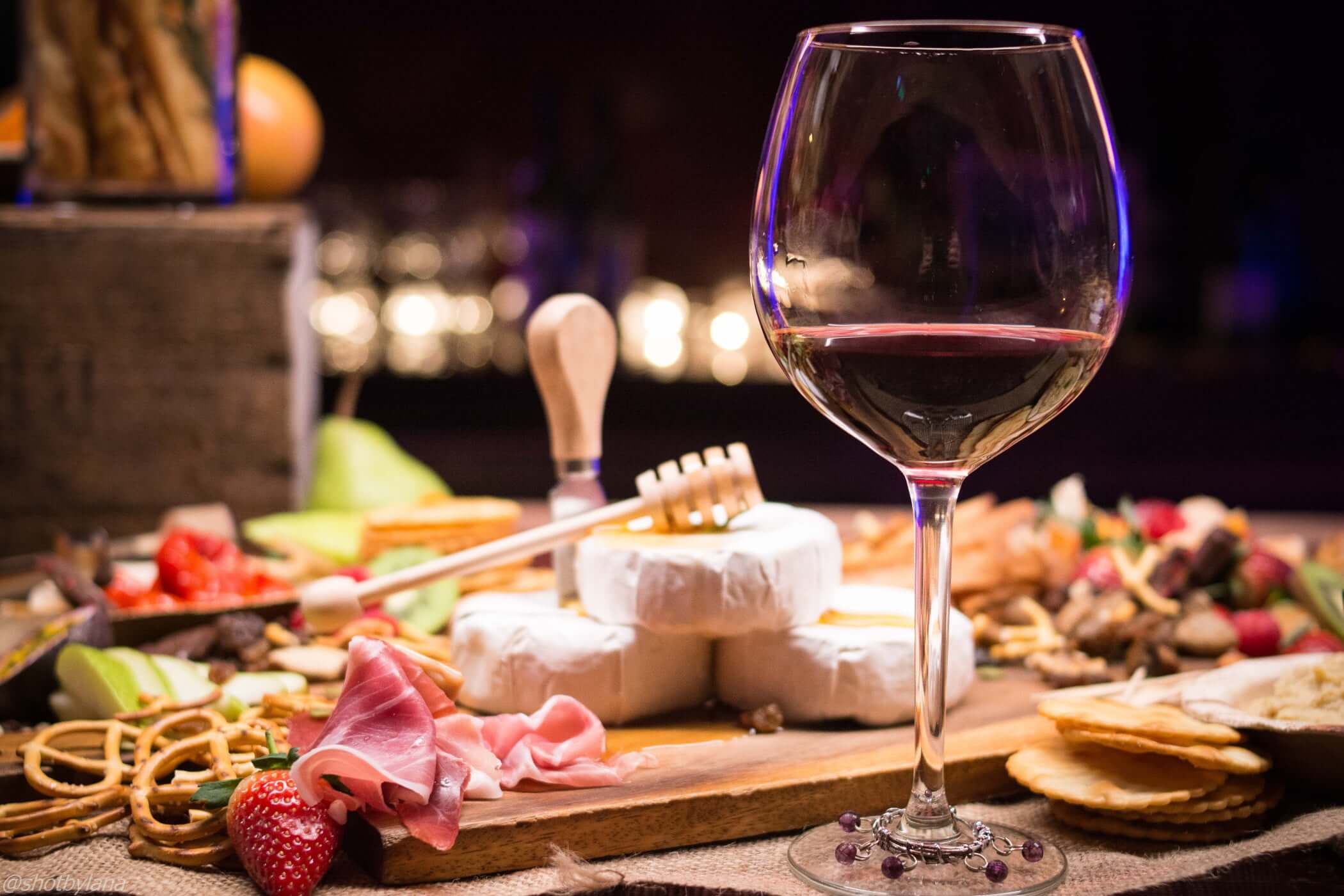There is no denying that wines go through trends and stages, with new styles and types of wines being highlighted with every coming trend. However, the wine trends of 2021 are by far the most exciting trends in wine history and are a great representation of the type of market that currently exists in society.
Here are some of the wine trends that we’re expecting and some wine trends we’ve seen pass.
Future Wine Trends
Here are five wine trends we can expect in 2021.
1. Canned Wines
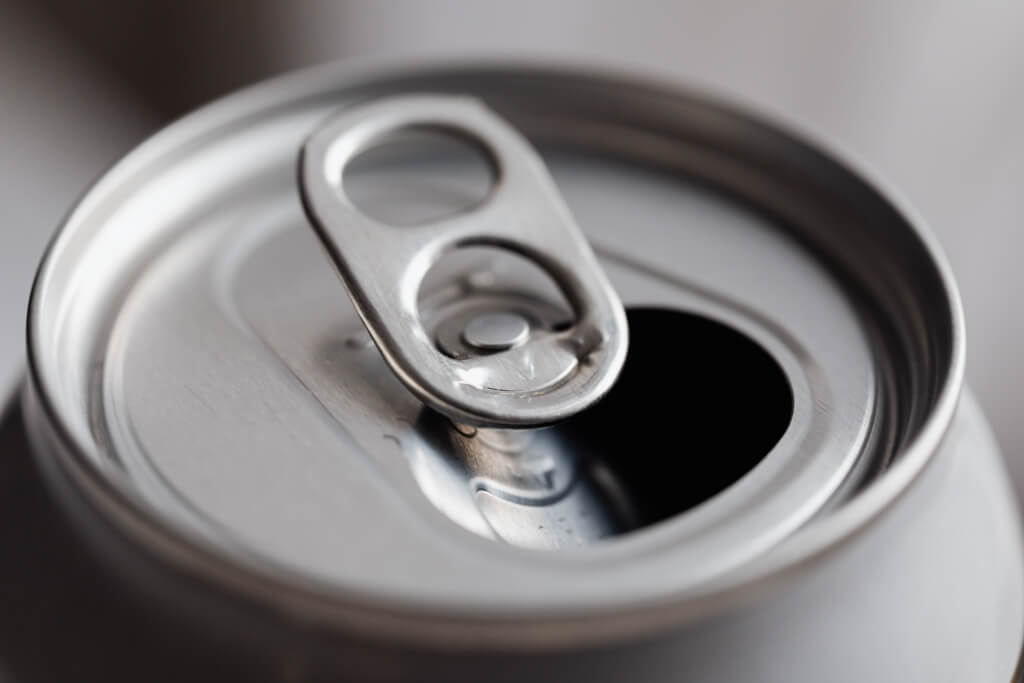
Canned wines are an up and coming trend that has taken 2020 by storm. In our article, in which we specifically talk about the benefits and downfalls of canned wines, we took a look at why it is so popular.
The wine trends of 2021 will see the continuous growth of wines in a can as a simple and easy alternative to wines in a bottle.
In fact, the future of wine seems to move toward easier-drinking wine that is considered very much a social beverage and does not just appeal to connoisseurs. The biggest drive behind this canned-wine initiative is the new wine market; the millennials. There are several reasons for the new preference, including serving size, carbon footprint, and ease in outdoor environments.
And considering the canned-wine business is a $50 million business that is continuously growing, don’t be surprised if you see more and more of these cans everywhere you go.
2. Vegan Wines
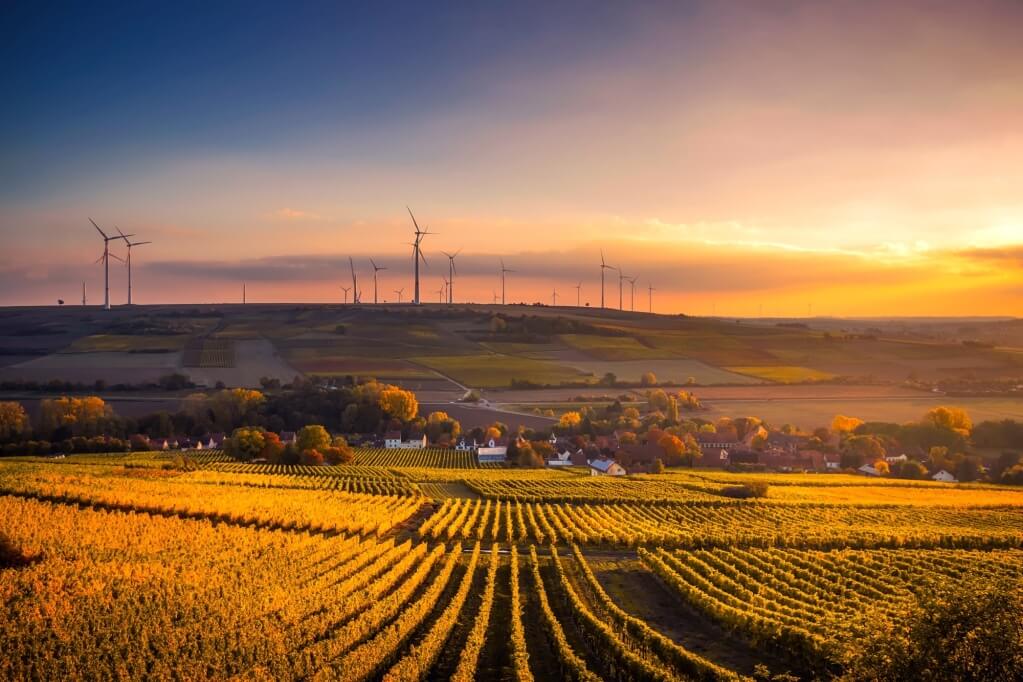
The trend toward vegetarian and vegan options is ever-growing and is seeping into every aspect of our lives, including wines.
Interestingly, it isn’t a new trend and has come along in the past decade or so. However, since 2018, the trend has found new momentum and found its way to every part of the globe.
If you weren’t already aware of this, many wines are not vegan-friendly as they contain several types of animal by-products.
For instance, in many wineries, egg-whites, shells, and fish products (like the bladder) is often used in the end process to clarify the wines. This makes it unsuited for those two are strict-vegans.
So, as more individuals move toward avoiding animal products, winemakers are forced into producing wines that fit these consumer-needs. Winemakers can use several alternatives instead of animal products, and this is what the future of wine will look like.
3. CBD-Infused Wines
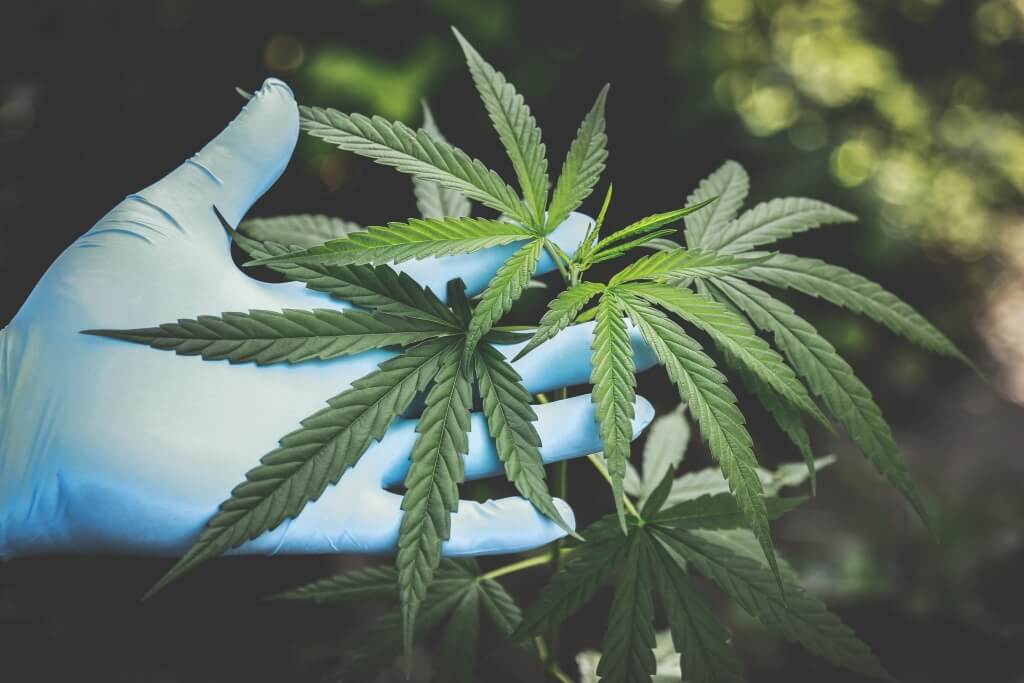
The legalization of CBD has created several major spin-off products, including body products, food, and wine. This is the newest trend on the market that has rapidly gained attention but is still a relatively small business.
Some wineries in California have experimented with the idea, as well as wineries in Spain and South Africa. This is limited to the countries and states that have legalized CBD and allow the production of CBD-infused wines.
Although this trend is relatively new, it’s expected that marijuana-infused beverages could reach $600 million in the next four years.
4. Rosé All Day
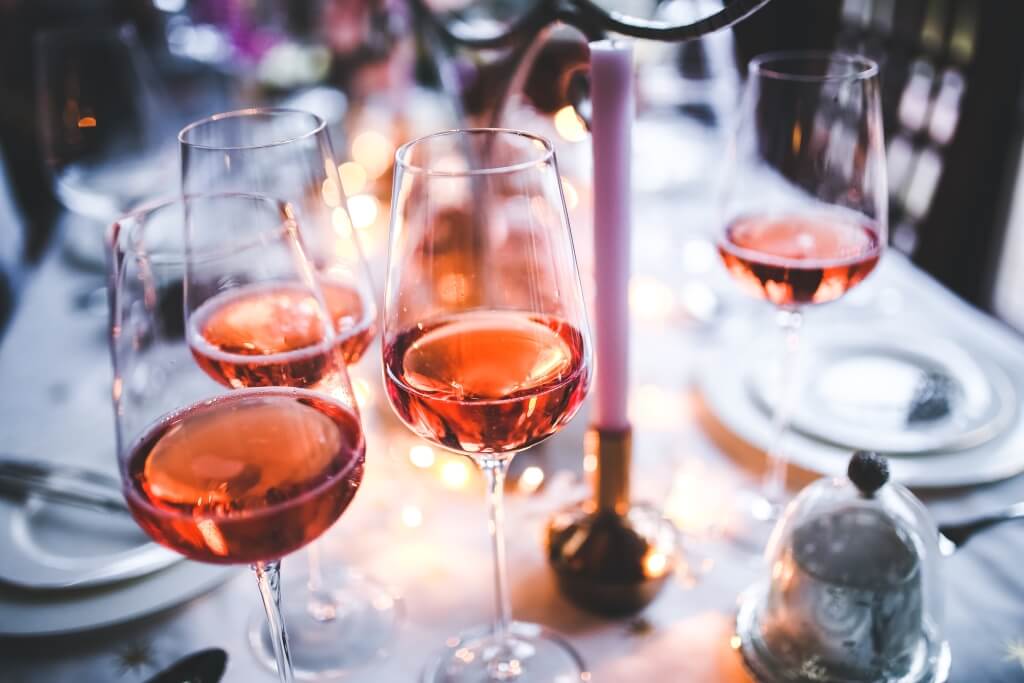
Rosé is currently the world’s most significant wine trend, and the wine trends of 2021 will definitely see growth here.
Rosé, which was once seen as a cheap and cheerful drink, has quickly become a global favorite among connoisseurs and average drinkers alike. The biggest reason for this is that quality rosés are immerging into the market rapidly as more people seek out rosés with character.
The 2000s has genuinely seen the rapid demand for rosés for all occasions; dining experiences, social events, summer days, and serious tastings. This was also primarily driven by social media, which helped boost rosé wines sales.
This campaign made a huge difference and allowed rosé sales to increase by huge percentages over the past few years, and show no signs of slowing down.
While some argue that the significant rosé trend is simply a phase, others think it’s here to stay. We would like to believe that the future of wine will accept rosé with open arms and appreciate it for all the wonders that it offers.
5. Sustainable Winemaking
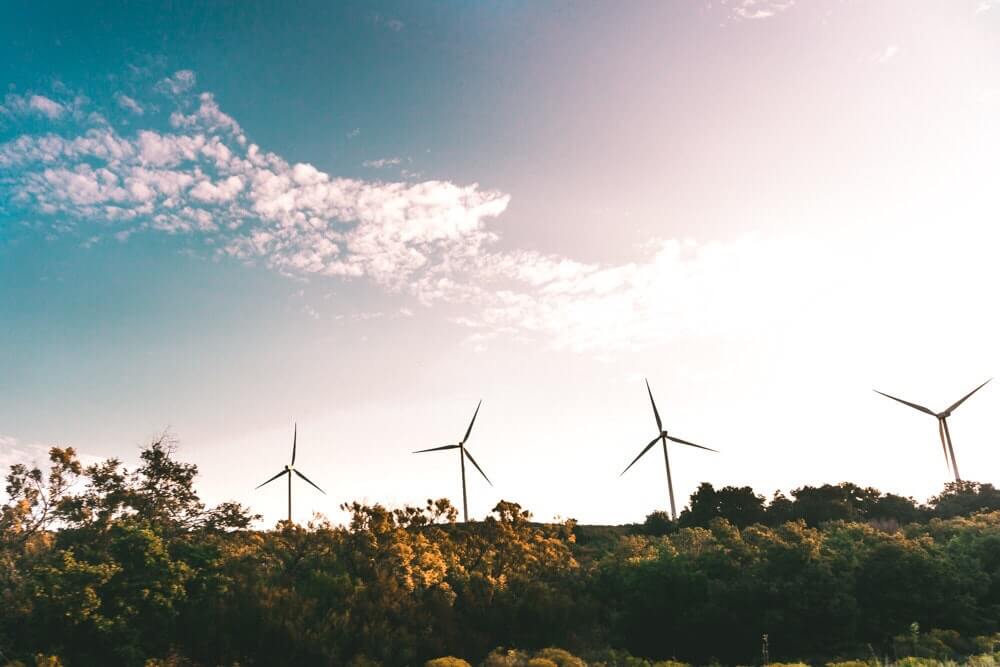
With all the talk of climate change, carbon footprint, and sustainability, it is no surprise that one of the future wine trends includes sustainably produced wines.
It is a trend that has already gained momentum as more winemakers feel the consumer pressure for wines produced with less environmental consequences.
There are several ways that this can be done, which include the use of renewable energy, recycling water, improved packaging, and recycling projects.
While many wineries have taken steps to move toward being more sustainable, there is a specific certification that wineries can receive to guarantee their efforts. This helps consumers make informed decisions when opting for wines from producers who are making a conscious effort.
So wine trends in 2021 will absolutely see the growth of more wineries moving into a sustainable direction and getting the certification to back it up.
Past Wine Trends
As we look at what to expect with future wine trends, it is interesting to see what the past trends looked like. These will indicate how far the industry has gotten and how things have changed over the years.
The 1960s
The 60s were still very much focused on classic wines, with few consumers daring to try unconventional wines. Here, most wine-lovers had a deep love affair with French wines, which ticked all the hypothetical boxes. These wines mainly consisted of Bordeaux and Burgundy wines and even some Spanish Rioja.
It was only as the early 70s came along that new world wines were really introduced, which sparked some interest with a few individuals and created curiosity about life outside of French wine.
The 1980s
The 80s was the first milestone for the new world wine industry, where there was a significant boom in sales of wines from different regions. This wasn’t necessarily from new world regions yet, but there was absolutely a shift away from classic regions. The love-affair with Chardonnay and Beaujolais Nouveau also started in the 80s, and more individuals started to seek new wines to try.
The 1990s
The 90s was undoubtedly where new world wines reached new heights. The beginning of the 90s saw big and impactful wines make their wines onto the scene, including heavily oaked Chardonnay. However, toward the 90s that rapidly died, the ABC (anything but Chardonnay) trend took off. This meant that two trends truly peaked in the 90s; the rise of heavily oaked whites and then the rise of crisp, fresh, and clean whites.
The 2000s
The early 2000s saw the rise of many South American wines, as more South American wineries showcased how exquisite their wines truly were. These wines, which made their way into several international contests, proved that these countries were capable of premium wines.
Countries like Argentina, Uruguay, and Chile saw significant public attention, and these wines’ sales indeed took off in the early 2000s. Thankfully, this trend has not died down since these countries continue to prove their worth in the wine world.
As we move forward into 2021, the future wine trends are something to get excited about. These wine trends have come a long way if you compare them to the types of trends that existed fifty/sixty years ago. These wine trends of 2021 are trends that we should all be looking forward to, as they shape our industry once again and accommodate the current wine market.















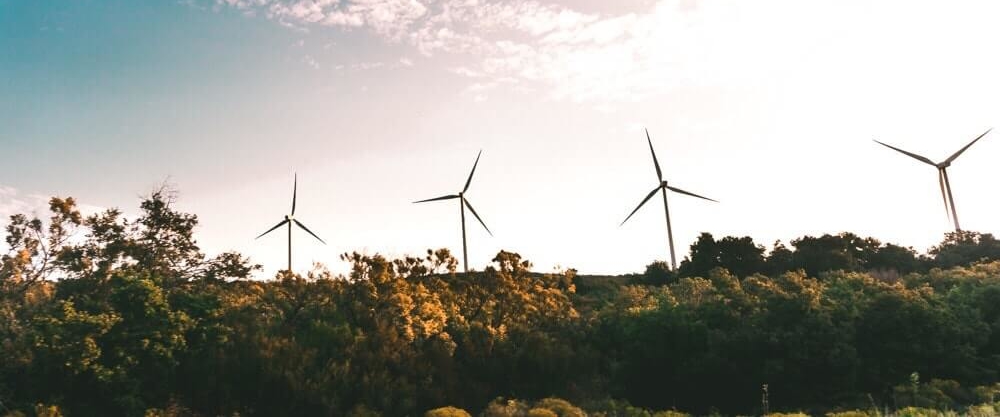
 3
3






